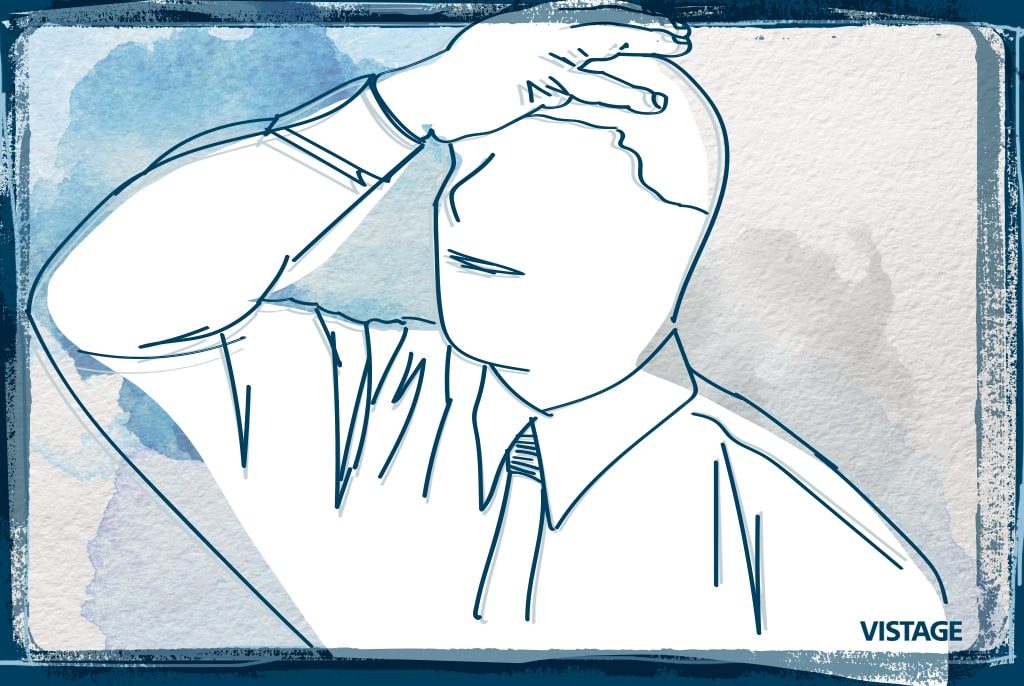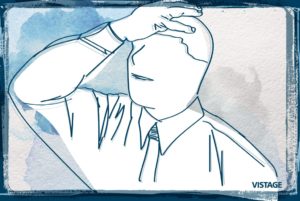The 7 Biggest Mistakes CEOs Make

We all make mistakes, but it is when the mistakes become habits that we lose our effectiveness as leaders. When I interview CEOs and their employees here are seven of the most common traps that leaders fall into.
- They work harder, but not smarter. Once the new CEO puts on the mantle of leadership, they have a new
 sense of responsibility and ownership. So putting in more hours feels better. Taking on more responsibility seems like the right thing to do. Result: They become too busy. They can’t see the forest for the trees. They can’t think about strategic and long term issues because they don’t have time and mental space for it.
sense of responsibility and ownership. So putting in more hours feels better. Taking on more responsibility seems like the right thing to do. Result: They become too busy. They can’t see the forest for the trees. They can’t think about strategic and long term issues because they don’t have time and mental space for it.
- A corollary to mistake #1 is the belief that CEOs have to do it all themselves. It is extremely rare, if ever, that a CEO can do every single job better than the people who actually do the job on a daily basis. Result: Not everything gets done, and those things that get done, get done later than they should. The productivity and effectiveness of the organization is limited by the bandwidth of the CEO.
- Meddling. This is a big one. The boss often wants to re-write that marketing copy, and of course, any meaningful improvement is rare. Employees learn not to finish their work because they know the boss is going to change it. Result: The CEO doesn’t trust the employees and the employees don’t give their full effort. It’s a downward spiral from there.
- Failure to communicate. I have discovered that my wife can’t read my mind, nor I hers. Why do CEOs think that everyone in their organization can read their minds? CEOs must establish a clear, concise, and regular system of communication so that every employee not only gets the message, but the same message. By the way – good communication flows up AND down in the organization. Result: without clear communication, employees perform to their own individual standards, and do what they think is important, not what is necessarily important for the organization. Instead of an effective organization or team, there is a collection of individual performers.
- Failure to ask for help. Ego and cost often get in the way of good judgment. Successful CEOs have a pattern of seeking out continuous opportunities and learn from others. This includes formal education, peer group counseling, outside consultants and coaches. The rest are trapped in the belief that they know “everything”, that they are the industry expert and so on. Result: The company will suffer a slow and gradual decline. You are either growing and prospering or declining.
- Tolerate mediocrity. High performing companies and leaders don’t tolerate low performing staff. You can tolerate mistakes, but that’s a different issue. The telltale signs are putting up with the long-term employee (or relative) with a toxic attitude, because he “really does his job well,” but he negatively affects the working environment. Or “she has been here so long, we can’t let her go.” Results: Mediocre performance, lack of accountability among the staff and increased costs and reduced profits at many levels.
- Lose Focus. This problem manifests itself in many ways. CEOs like to diversify, expand, acquire and grow. But there is a limit and a cost. Leaders must focus on the most important products, people and processes in their businesses in order to succeed and grow. Result: Shifting priorities and chasing every opportunity results in mediocre to poor performance. Employees are confused about ever shifting priorities. And finally, the organization and many employees are being spread “too thin.”
Truthfully, there are a lot more than seven common mistakes, but these are definitely mistakes I see on a regular basis. How do you measure up?
Category : Leadership


Excellent piece, Michael. Thank you. – Rick